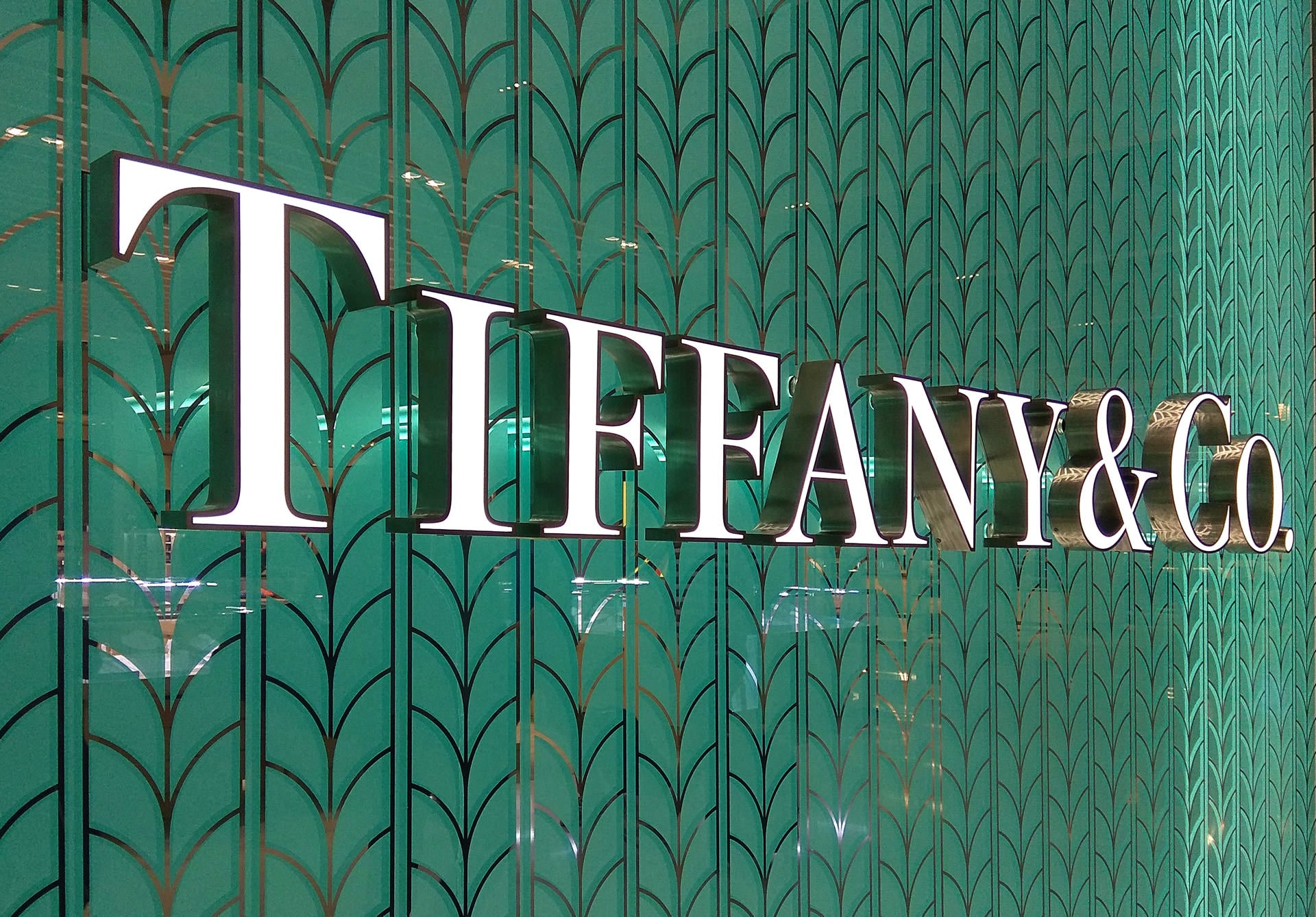HISTORY OF TIFFANY
Let’s say you’re heading out for a fabo night on the town. You’re decked out in all your True Fashionista glory with the finds you scored either online or in our store, and to top off the ensemble, your most-adored, oft-complimented Tiffany sterling silver earrings with stunning necklace to match. Although you smile and field all the praises like a pro, it wouldn’t hurt to have a little background on that bling you’re wearing.
From our good friends at Wikipedia…the original store was founded in 1837 by Charles Lewis Tiffany and John B. Young in New York as a “stationery and fancy goods emporium”. Initially offering a wide variety of stationery items, they operated as Tiffany, Young and Ellis. The name was shortened to Tiffany & Co. in 1853, when Charles Tiffany took control, focusing the firm on jewelry.
Tiffany set themselves apart from other stores in the 1830s by clearly marking the prices on its goods to forestall any haggling over prices. In addition, against the social norm at the time, Tiffany only accepted cash payments, and did not allow purchases on credit. Staying true to form, Tiffany again made history with its first Blue Book.
Continuing their now famous trendsetting ways, says Luxuria Lifestyle, Tiffany began publishing their legendary Blue Book in 1845. A catalogue of the world’s finest jewels, Tiffany sealed their legacy of excellence in design via this annual collection featuring both Tiffany’s and the world’s most spectacular jewels. The Tiffany Blue Book marked the first such catalogue to be distributed in the U.S, featuring the iconic Tiffany Blue® color on its cover since 1878. From Tiffany.com, “This annual presentation of flawless craftsmanship and peerless design heralds the fall season with one of the most extensive and exquisite collections of couture jewelry on earth. These breathtaking masterpieces of exceedingly rare gems are eagerly anticipated by the world’s jewelry connoisseurs who flock to Tiffany to be the first to see and buy these one-of-a-kind treasures.” Tiffany & Co. was on a roll, with many more signature moves to come.
In 1877, an insignia that would become the famous New York Yankees”NY” logo was struck on a police medal of honor by Tiffany; the Yankees adopted the logo in 1909. Tiffany’s sports association doesn’t stop there, either. They actually make several professional sports awards, including the MLS championship trophy and NASCAR’s annual Sprint Cup series trophy. Most notably, they produce the National Football League’s Vince Lombardi trophy, which has been awarded to Superbowl winners every year since its inception in 1960.
In 1886 Tiffany introduced the engagement ring as we know it today. Previously, diamond rings were set in bezels, sitting right on the hoop part of the ring, but this new design highlighted brilliant-cut diamonds by lifting the stone off the band into the light. This famous ring was named the Tiffany® Setting. To this day, it is the most sought-after symbol of true love, and the standard in engagement rings.
When the 1990–1991 recession hit in the United States, Tiffany decided to focus on mass merchandising, says Wikipedia. A new campaign was launched stressing how Tiffany could be affordable for all; for example, the company advertised that the price of diamond engagement rings started at $850. “How to Buy a Diamond” brochures were sent to 40,000 people, who called a toll-free number specifically set up to target the broader population. However, to maintain its image as a luxury goods company, high-style images remained on display in Tiffany stores. Brilliant!
Tiffany opened its flagship store in 1840 at the corner of Fifth Avenue and 57th Street in Manhattan, New York City. The polished granite exterior is well known for its window displays, and the store has been the location for many famous films, including the Audrey Hepburn classic Breakfast at Tiffany’s and Sweet Home Alabama, starring Reese Witherspoon. It’s so famous, in fact, the store is on the U.S. Register of Historic Places. Even the book Charles L. Tiffany and the House of Tiffany & Co. has been selected by scholars as being culturally important and is part of the knowledge base of civilization as we know it.
Logically then, when your jewelry empire is a national treasure, famous people wear your stuff! Throughout Tiffany & Co.’s history, the most prominent members of American society have been customers. Vanderbilts, Astors, Whitneys and Havemeyers adorned their evening dress in Tiffany diamonds and commissioned the company to produce gold and silver services. President Lincoln purchased a seed pearl suite for his wife, Mary Todd Lincoln, in 1862; and a young Franklin Roosevelt purchased a Tiffany engagement ring in 1904. (Luxuria Lifestyle) Lest we not overlook the heart-stopping 30 million dollar diamond necklace Lady Gaga showcased at the 2019 Oscars that was last worn by Audrey Hepburn in 1961! (wmagazine.com)
So next time you flash your fave Tiffany wear, just know you’re in good True Fashionista company!
The post HISTORY OF TIFFANY appeared first on True Fashionistas.





























